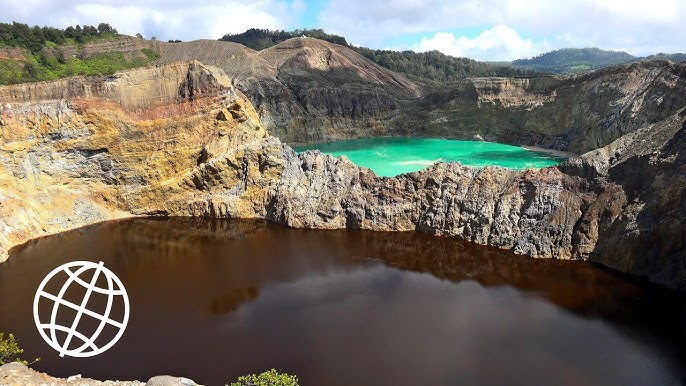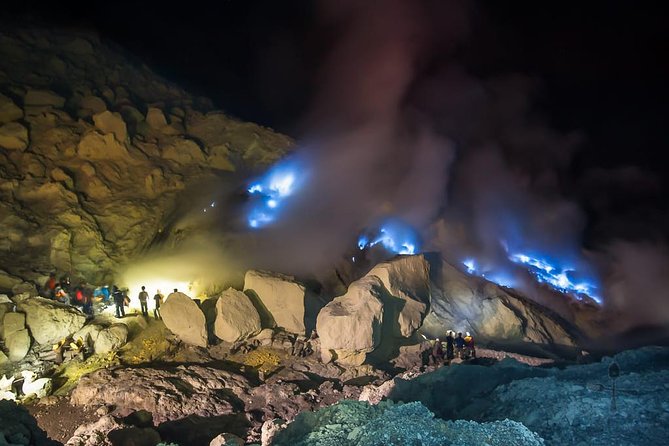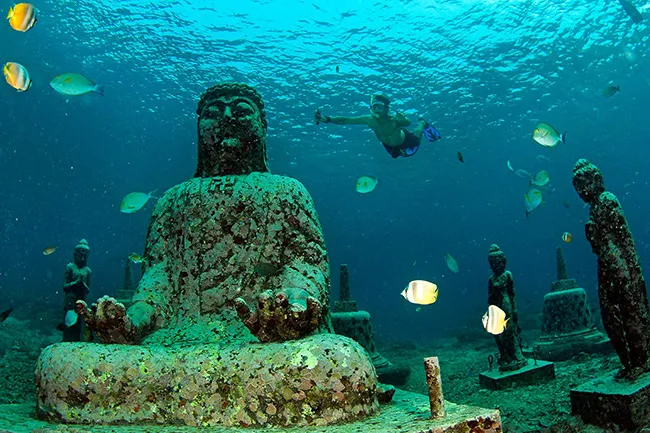Iceland, the land of fire and ice, cradles one of its most spellbinding secrets deep within Europe’s largest glacier: the Vatnajökull ice caves, where natural ice sculptures transform frozen tunnels into ethereal art galleries. Carved by centuries of glacial melt and refreeze, these shimmering blue caverns in Vatnajökull National Park boast intricate stalactites, undulating walls, and translucent formations that glow like sapphire under fleeting winter light. As climate change reshapes these seasonal wonders potentially vanishing them in just 200 years visiting in 2025 is more urgent than ever. Whether you’re a photographer chasing otherworldly hues or an adventurer seeking raw nature, this guide to Vatnajökull’s ice sculptures unlocks the magic, science, and secrets of exploring Iceland’s frozen masterpieces.
The Magic of Vatnajökull: Europe’s Mightiest Glacier and Its Hidden Caves
Spanning 8,100 square kilometers and covering 8% of Iceland’s landmass, Vatnajökull is a colossal ice cap that dwarfs mountains and conceals active volcanoes beneath its 950-meter-thick veil. Formed over millennia from compacted snow, it births outlet glaciers like Breiðamerkurjökull, where the real artistry unfolds. Each winter (November to March), melting rivers carve sinuous tunnels through the glacier, freezing into caves that nature sculpts anew every year. No two seasons are alike the 2025 formations promise fresh surprises, from towering ice pillars to delicate, lace-like drips.
These natural ice sculptures aren’t man-made; they’re the glacier’s handiwork. Glacial meltwater erodes the ice, creating undulating ceilings and walls etched with centuries-old air bubbles that sparkle in electric blue. Light filters through, compressing the ice to near-transparency, while volcanic ash layers add dramatic black veins. It’s a dynamic process: Warmer summers erode, harsh winters rebuild, making each cave a fleeting poem in ice. UNESCO-protected within Vatnajökull National Park, these sites blend raw power with fragile beauty, drawing eco-conscious travelers to witness a vanishing world.
Inside the Caves: Marvel at Nature’s Frozen Masterpieces
Step into a Vatnajökull ice cave, and you’re enveloped in a cathedral of crystal walls pulsing with sapphire blues, whites, and grays that shift with the sun. The natural ice sculptures here are breathtaking: Stalactites dangle like chandeliers, formed by dripping meltwater that refreezes mid-fall; vast ceilings ripple like frozen waves, carved by subterranean streams; and floors crunch underfoot with millennia-old ice. In the Crystal Cave, one of the most visited, clear ice reveals trapped sediments like abstract art, while hidden chambers boast undiscovered formations that guides uncover seasonally.
The air is crisp at -1°C to -5°C, carrying the faint scent of ancient snow, and acoustics amplify every drip into a symphony. Photographers rave about the light play midday beams turn sculptures into glowing jewels, evoking Game of Thrones sets filmed here. But remember, these aren’t static; they’re alive, groaning occasionally as the glacier shifts, a reminder of their precarious existence amid rising temperatures.
Top Vatnajökull Ice Caves: Where to Find the Best Natural Sculptures
Vatnajökull hosts dozens of caves, but access depends on safe, stable ones scouted annually by experts. Here’s a spotlight on 2025’s highlights:
1. Crystal Cave: The Iconic Blue Jewel
Under Breiðamerkurjökull near Jökulsárlón Glacier Lagoon, this fan-favorite dazzles with its clarity and scale up to 50 meters high and 200 meters long. Marvel at vaulted ceilings adorned with ice chandeliers and walls veined in black ash. It’s the easiest for beginners, with short hikes and vivid colors that pop in photos. Tours fill fast; book for early slots to beat crowds.
2. Sapphire Ice Cave: Deep Blues and Dramatic Depths
A bit more remote, this cave lives up to its name with intense sapphire hues from compressed ice. Natural sculptures here include jagged spires and smooth, wave-like arches, formed by geothermal influences from subglacial volcanoes. Ideal for hikers, it pairs with glacier walks for an immersive day.
3. Sparkle Cave: Delicate and Dazzling Formations
Known for its “sparkly” surfaces tiny air pockets that refract light like diamonds this smaller cave offers intimate encounters with filigree ice lace and frozen ripples. Less crowded, it’s perfect for contemplative explorers seeking subtle sculptures over grand spectacles.
4. Blue Pearl: The Hidden Gem
Tucked deeper in the park, Blue Pearl captivates with pearl-like orbs and ethereal drapes of ice. Its pearlescent glow comes from layered refreezing, creating pearl-onion formations unique to Vatnajökull’s volcanic underbelly.
How Nature Crafts These Ice Sculptures: A Glacial Masterclass
Vatnajökull’s caves form through a rhythmic dance of melt and freeze. Summer warmth carves channels with rushing water; winter’s chill seals them into vaults. Pressure from 300 meters of overlying ice compresses air out, yielding that signature blue shorter blue wavelengths scatter less than others. Volcanic heat from below adds unpredictability, melting pockets that refreeze into bizarre shapes, like twisted columns or hollow vaults. Scientists study these for climate clues, as receding ice reveals ancient pollen and ash layers. Yet, warming trends shrink formations; 2025 tours emphasize this urgency, blending awe with advocacy.
Planning Your Vatnajökull Ice Cave Adventure: The 2025 Guide
Getting There
- From Reykjavik: Fly to Akureyri (45 minutes) or drive the Ring Road (5-6 hours). Base in Höfn or Skaftafell for easy access.
- Tour Essentials: Only guided solo entry is deadly due to collapses. Superjeep pickups from Jökulsárlón (3-4 hours total) include crampons, helmets, and headlamps. Expect 1-3 hour explorations.
- Best Time: November-March peaks; early season (late Nov) for pristine ice, late (Feb-Mar) for longer days. Monitor updates caves like 2024’s flooded ones get canceled.
Practical Tips
- What to Pack: Thermal layers, waterproof jacket, gloves, sturdy boots. No prior fitness needed for easy tours, but hikes suit moderate adventurers.
- Safety First: Guides are certified; stick to paths overhanging ice can calve. Claustrophobic? Caves are open-ceilinged near entrances.
- Cost: 15,000-25,000 ISK (~$110-180 USD) for standard tours; premium with hikes 30,000 ISK. Add Jökulsárlón entry (~8,000 ISK).
- Combine It: Pair with Diamond Beach icebergs or Svartifoss waterfall for a full south coast day. Eco-tip: Choose low-impact operators like Ice Guardians.
Why Vatnajökull’s Natural Ice Sculptures Are Iceland’s Must-See Wonder in 2025
In a warming world, Vatnajökull’s ice caves aren’t just spectacles they’re urgent testaments to nature’s artistry and fragility, where every sculpture whispers of time’s inexorable flow. These frozen realms, glowing with impossible blues and sculpted by glacial symphonies, offer profound connection: A hush that stills the soul, light that dances like auroras, and a call to cherish before they’re gone. For 2025 travelers, it’s the ultimate Iceland bucket-lister raw, renewable magic amid the island’s fire-kissed edges. Don’t wait; step into the blue and let the ice etch its story on your heart.
Ready to chase the chill? Secure spots via Guide to Iceland or share your cave conquests below. For more Icelandic enigmas, subscribe to our newsletter!




